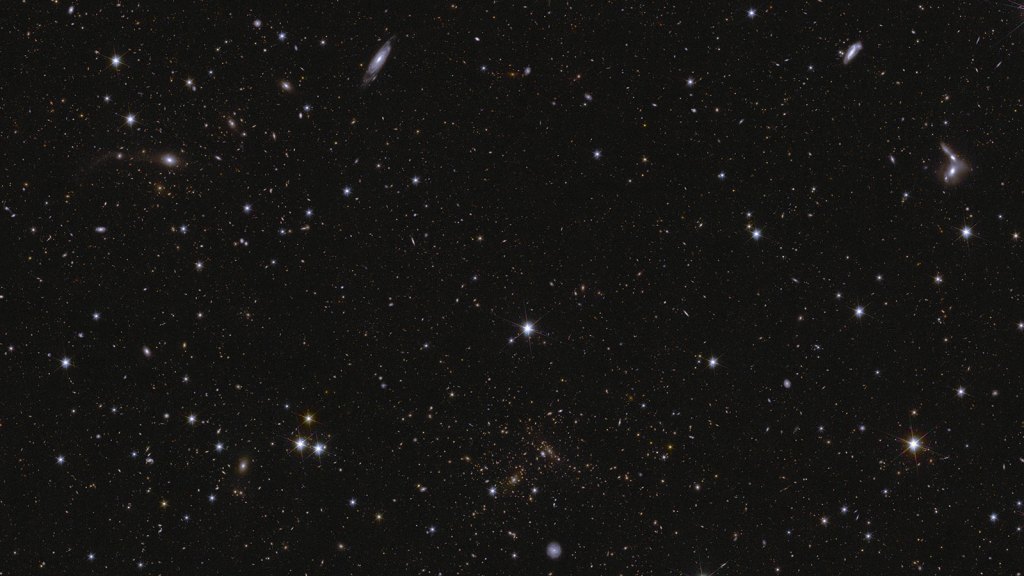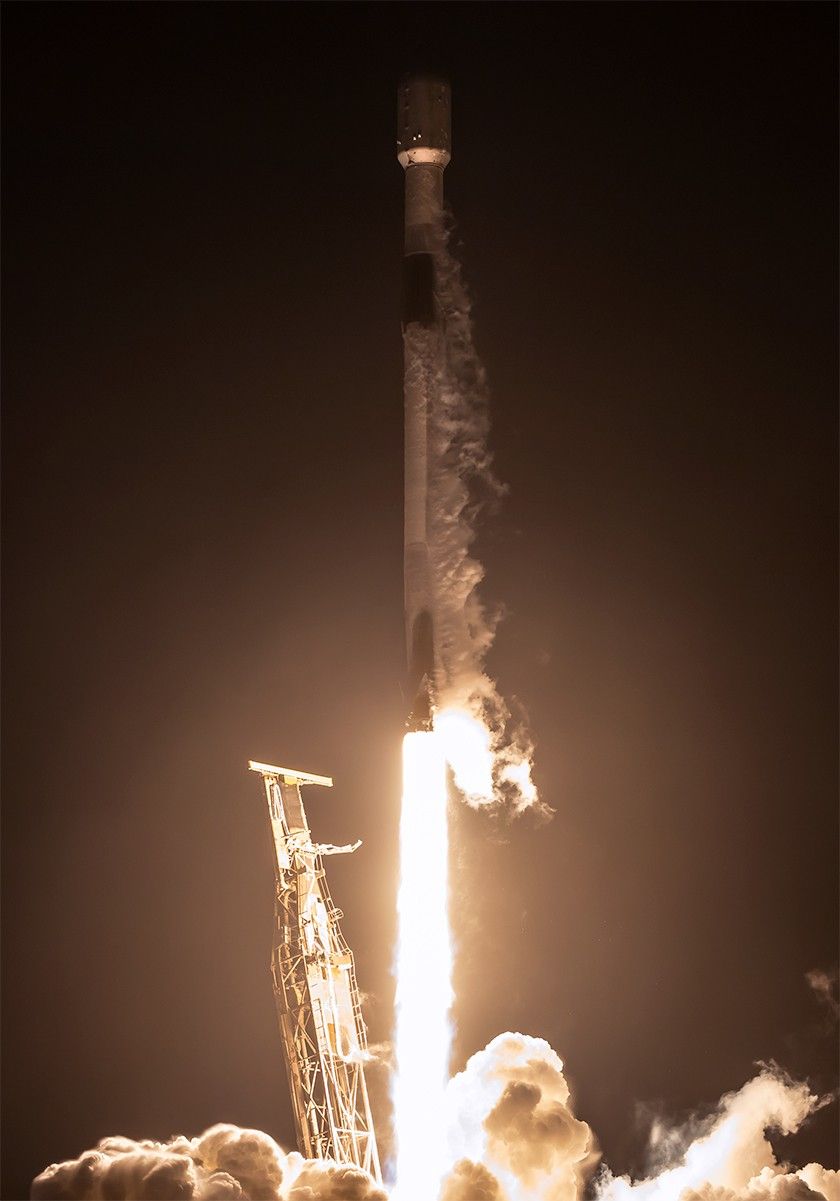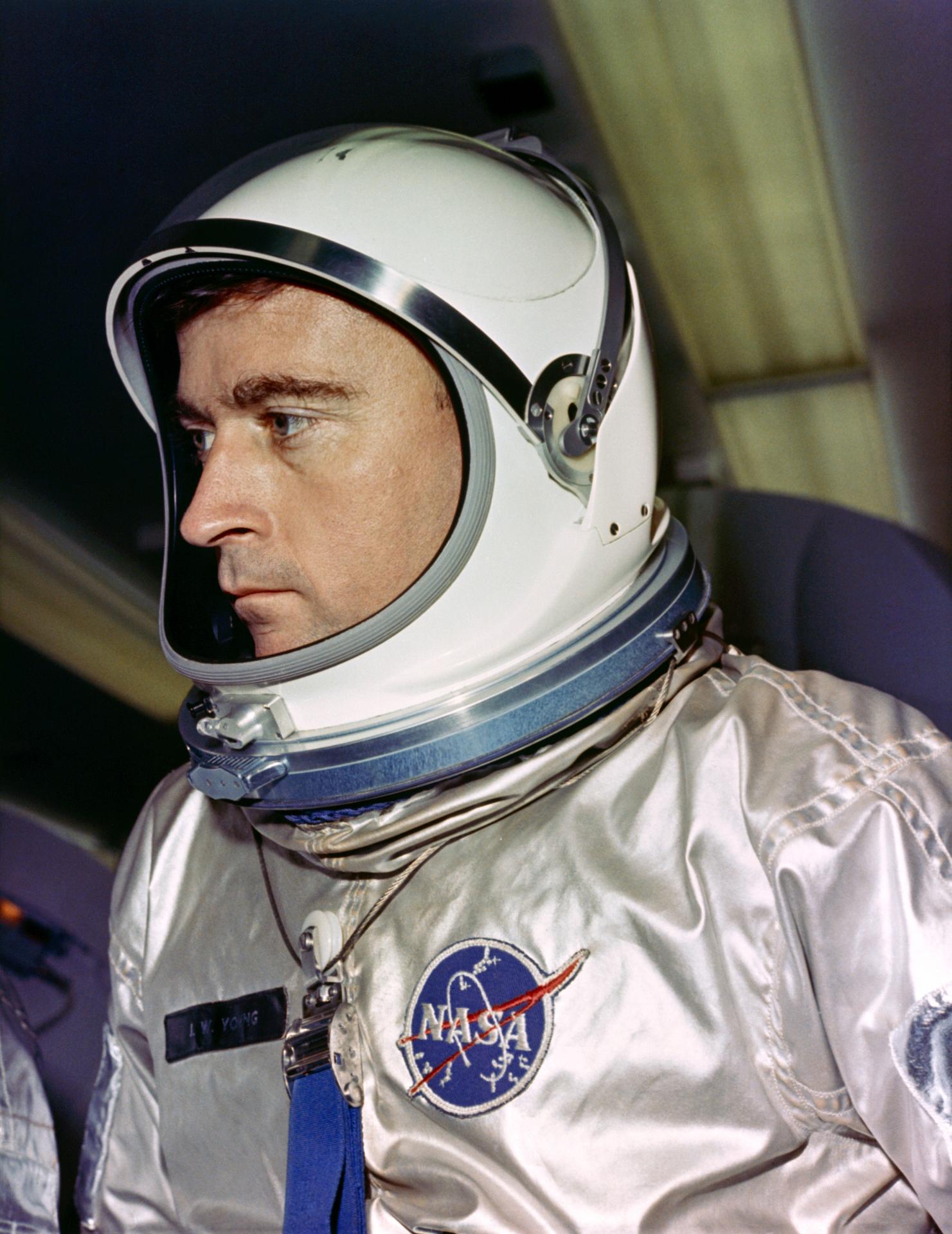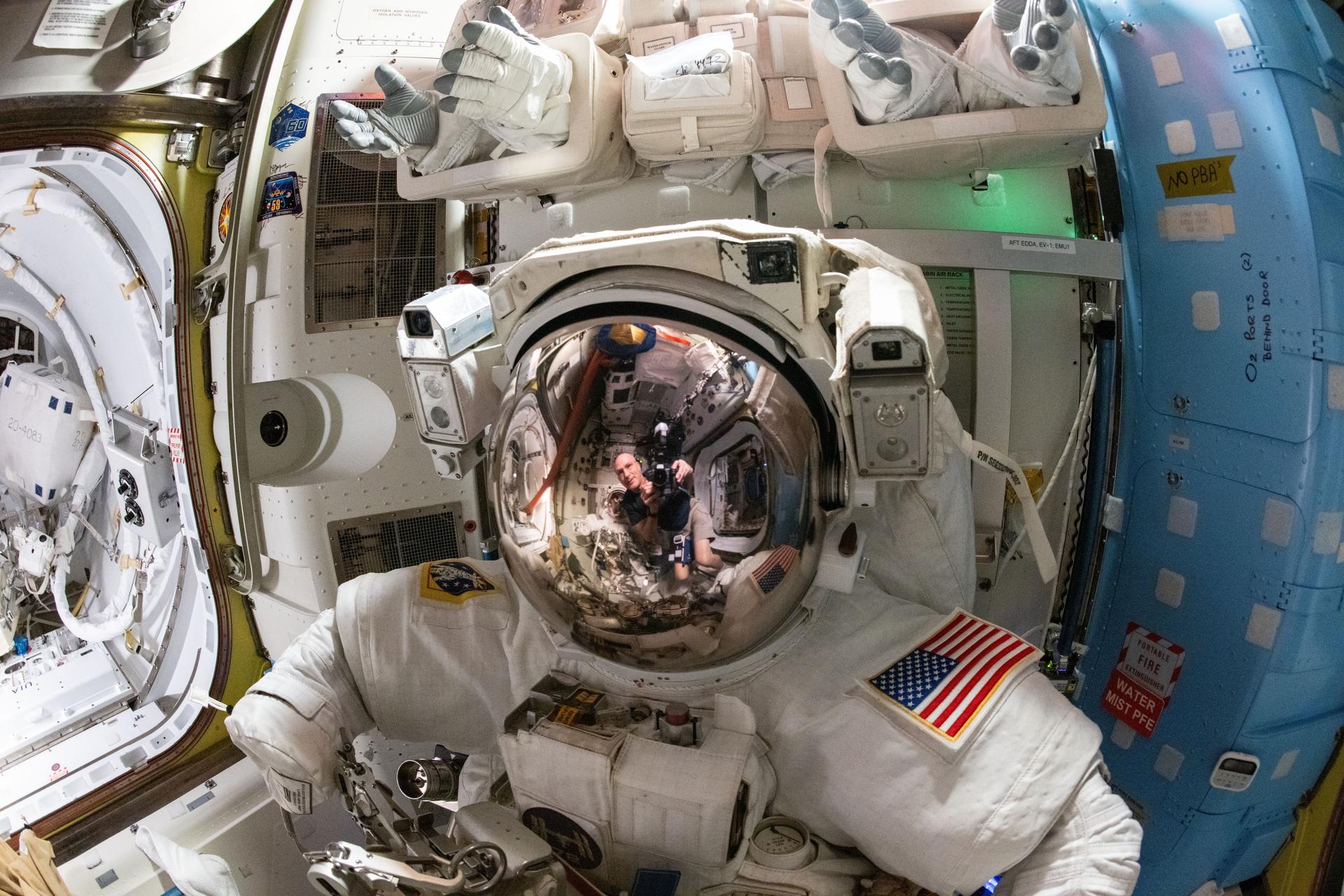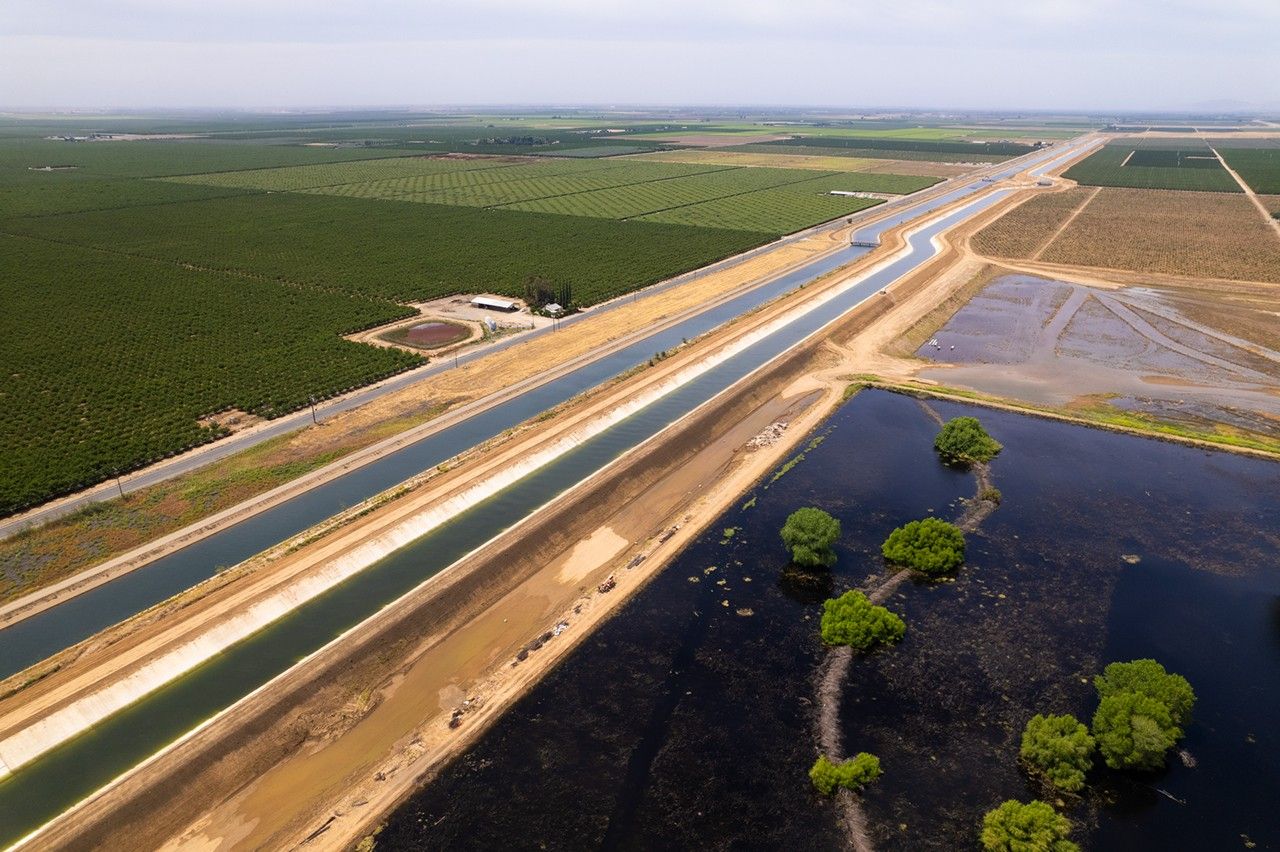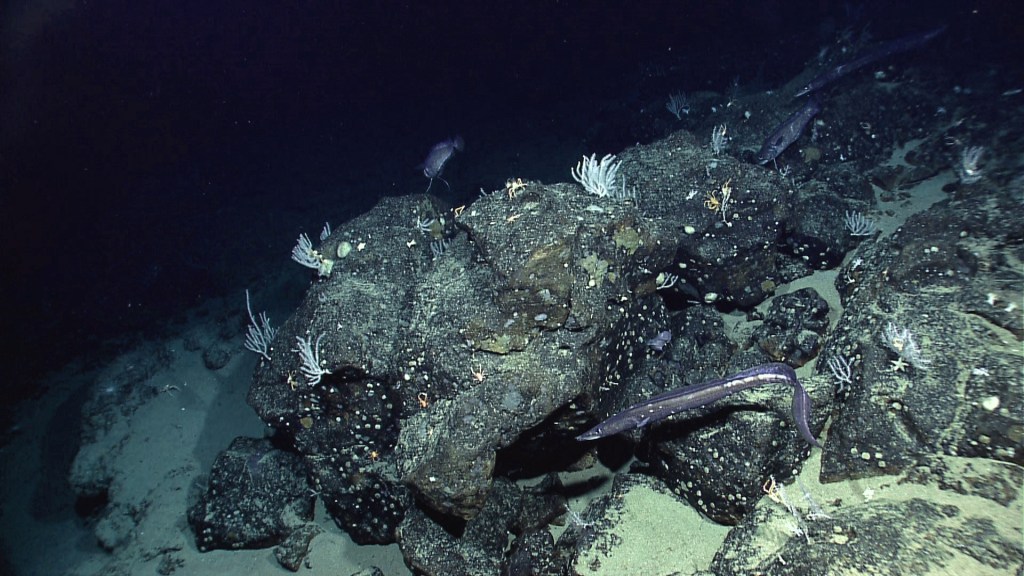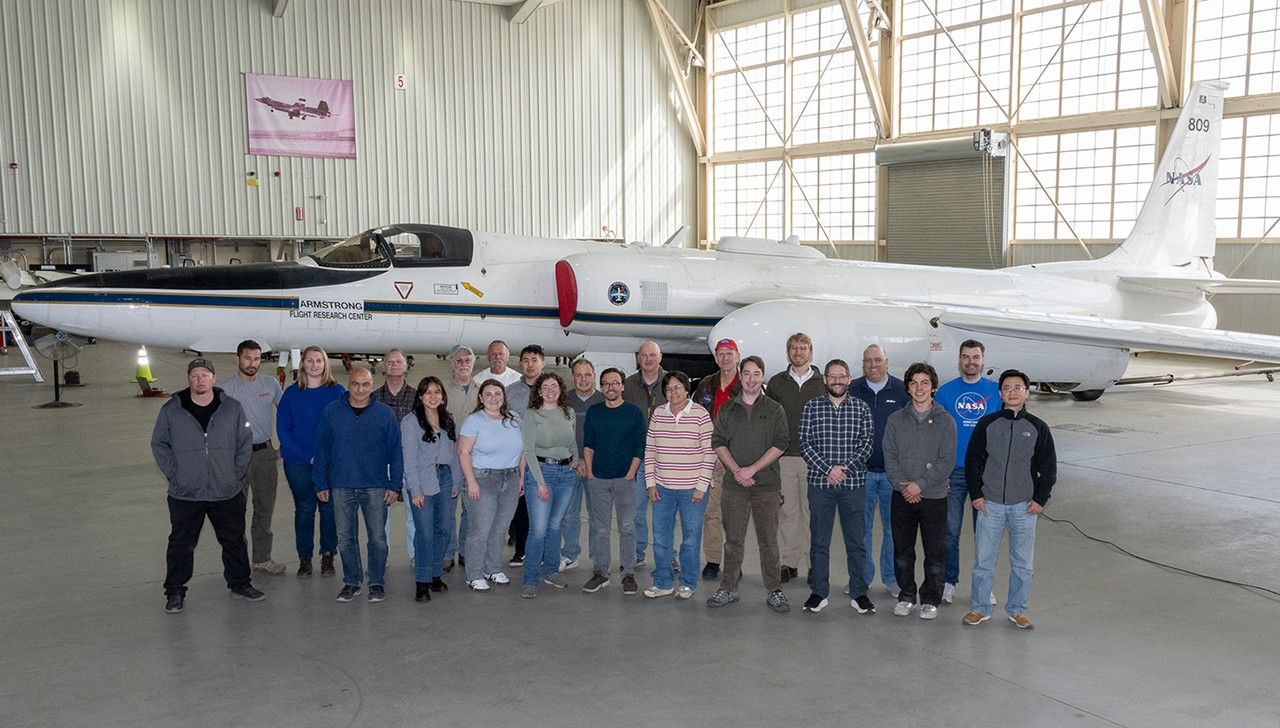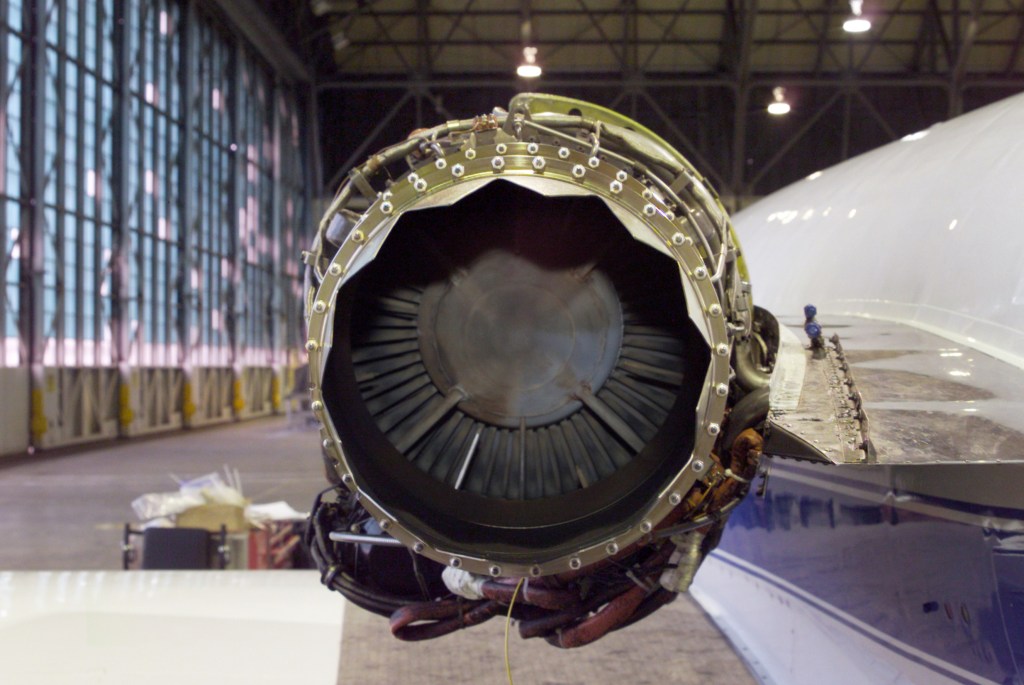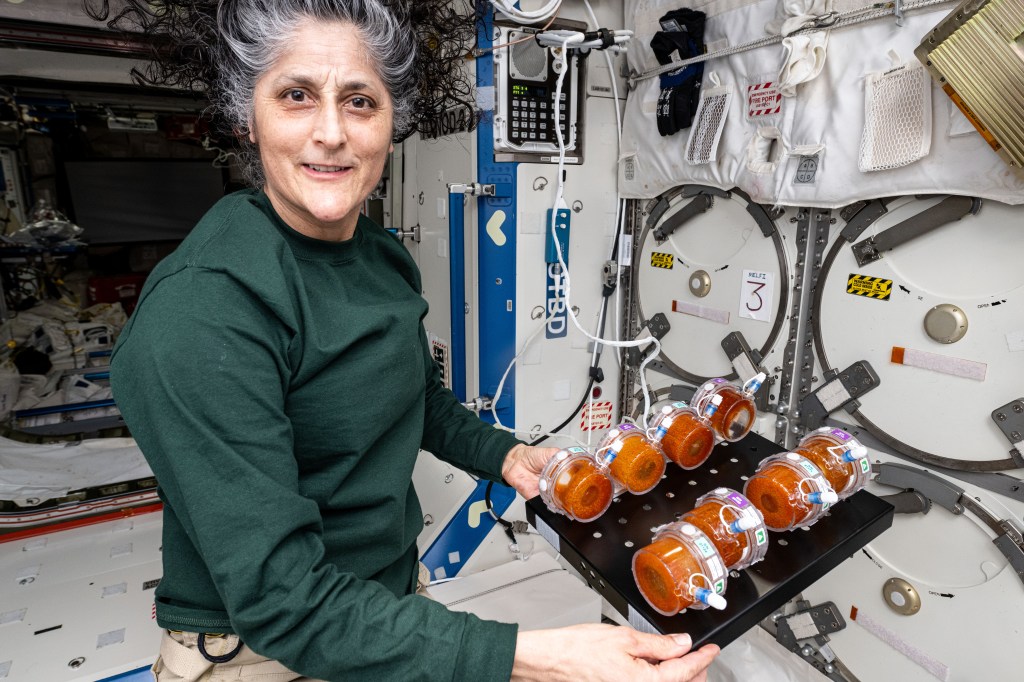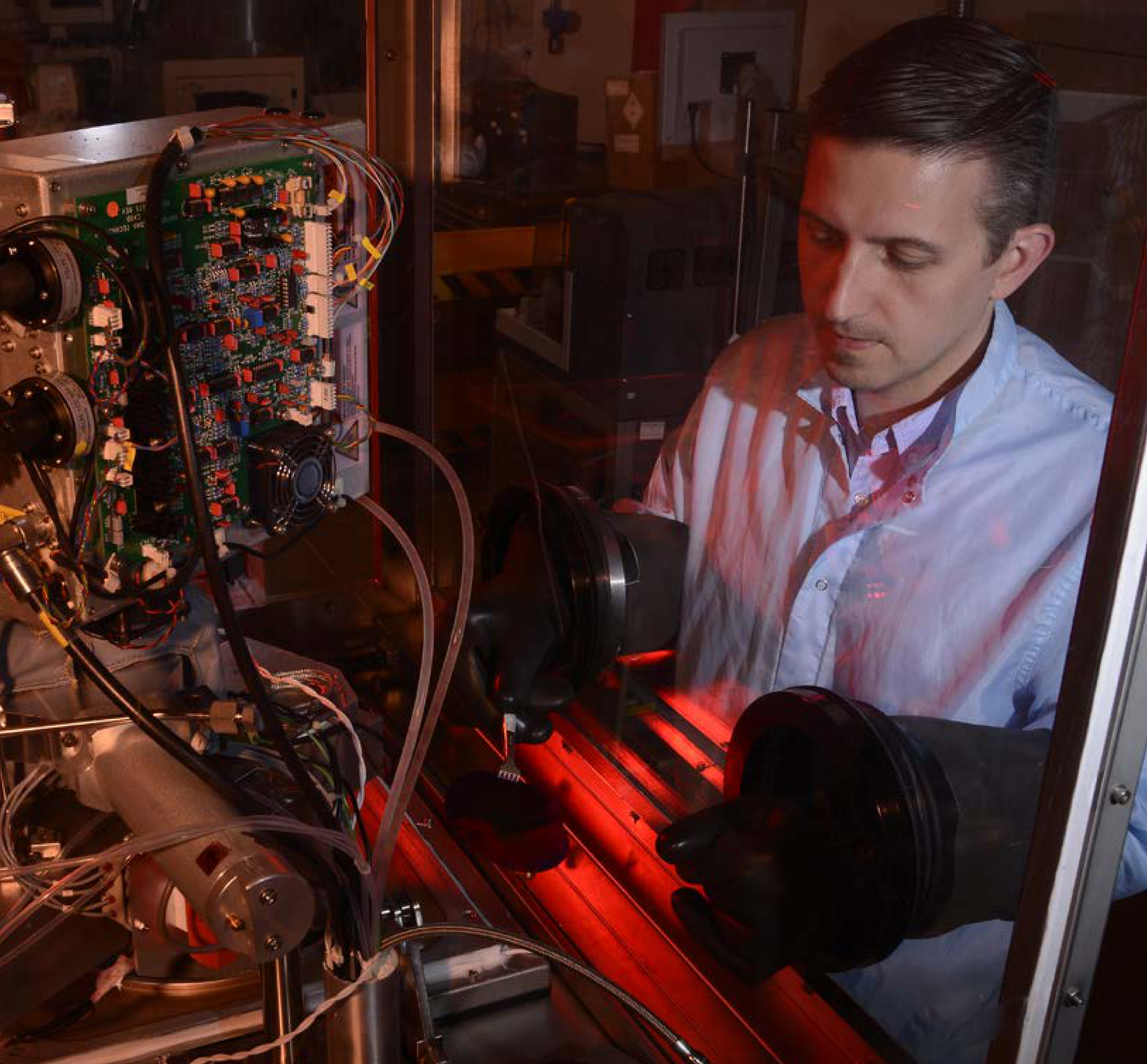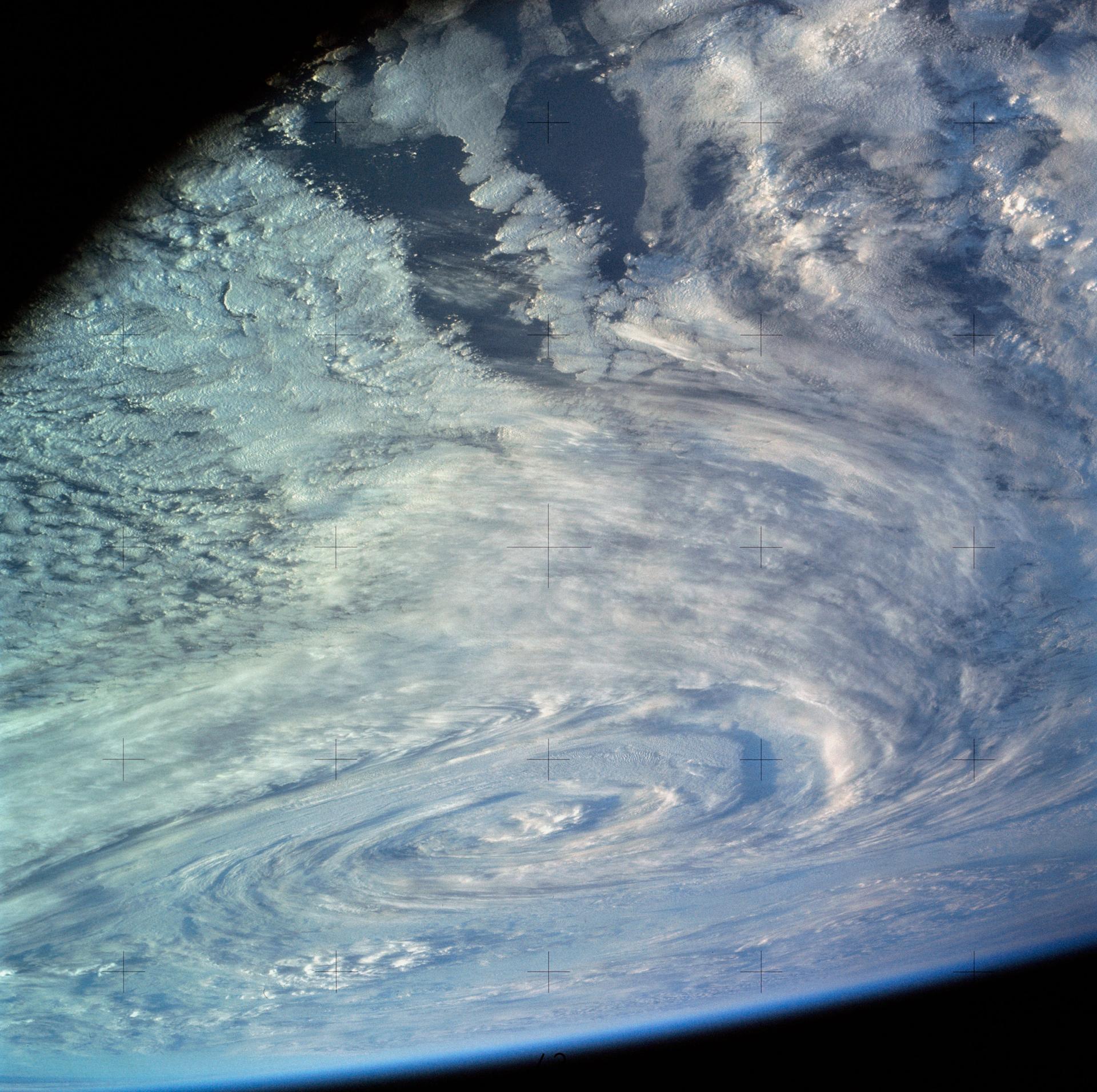Gas Giant Interiors: 2003
| Credit | NASA/Lunar and Planetary Institute |
|---|---|
| Language |
|
Graphic showing our best understanding of giant planet interiors in 2003.
Jupiter
Jupiter's composition is mainly hydrogen and helium. In contrast to planetary bodies covered with a hard surface crust (the Earth, for example), there is no jovian surface. We see the cloud tops (beneath a transparent, mostly hydrogen upper atmosphere). Beneath the cloud layers, the clear atmosphere is denser and warmer and slowly transforms from a gas to a liquid without a sharp boundary to mark the change. The zone of liquid hydrogen extends to a depth where the pressure is so high that it is believed there is a layer of liquid metallic hydrogen at a pressure of 3 million bars. The planet core is believed to be comprised of iron-nickel alloy and materials with the composition of rock, etc., at a temperature estimated to exceed 20,000 degrees Celsius
Saturn
As with Jupiter, Saturn is mainly composed of hydrogen and helium and is observed to be of surprisingly low density. Saturn's mean density is only about two-thirds that of water. Suspended in Saturn's hydrogen-helium atmosphere, in descending order of altitude, a layer of ammonia clouds, a layer of ammonium hydrogen sulfide clouds, and a layer of water clouds. Beneath the clouds, Saturn's hydrogen atmosphere thickens to become a fluid, with no distinct surface separating gaseous hydrogen from liquid hydrogen. Further down, as in the case of Jupiter, there is a layer of liquid metallic hydrogen. It is believed that the liquid hydrogen layer of Saturn is thicker than that of Jupiter, while the liquid metallic hydrogen layer may be thinner. The planet's core is believed to be composed of rock and nickel-iron alloy.
Uranus
Uranus is gaseous in composition, mainly comprised of hydrogen and helium as in the case of Jupiter and Saturn. The planet's atmosphere has small amounts of methane. The planet's core is believed to be rock and nickel-iron alloy encompassed by an outer layer of extremely hot fluid comprised of water, ammonia, and methane.
Neptune
The atmosphere of Neptune consists of mainly hydrogen, helium, and methane, similar to Uranus. Below its clouds the gaseous atmosphere gets hotter and thickens to a fluid state. The lower layer is made up of the liquid hydrogen which may become metallic just above the core. It is believed that the planet core is comprised of rock and nickel-iron alloy. Neptune's average density is the greatest among all the gaseous planets, suggesting it has, proportionally, the largest core.

